Sustainability means maintaining ecological balance. Detailed research and planning are required to maintain ecological balance in our forests. Let’s examine some of the steps taken to ensure sustainable forestry practices in Alberta.
We will start with tree age. How do you measure a tree’s age?
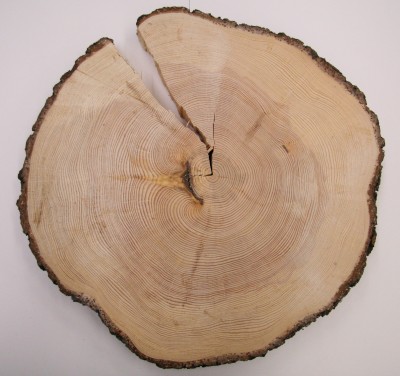
By counting the rings. Each ring is worth one year.
Did you know: On average, in Alberta, a tree must be about 80 to 100 years old before it is ready for harvesting? Some species, like Aspen, can be harvested earlier, but most trees take a very long time to grow to maturity.
Do you think cutting trees is good or bad?
This is a really complicated question because its answer depends on a lot of factors. Let’s examine some of these factors. For one, we have to consider how many trees are harvested.
What percentage of trees do you think are harvested in Alberta each year?
Is it less than one percent?
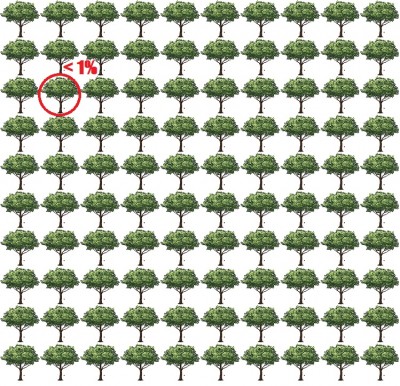
Ten percent?
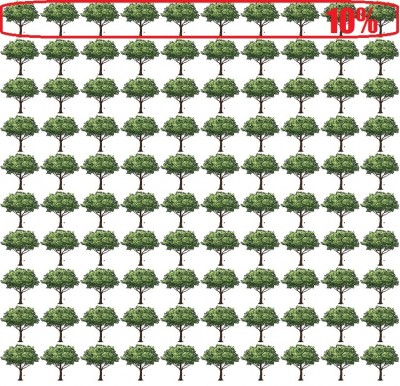
Twenty-five percent?
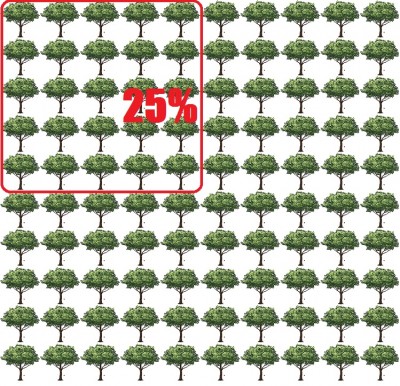
Or fifty percent?
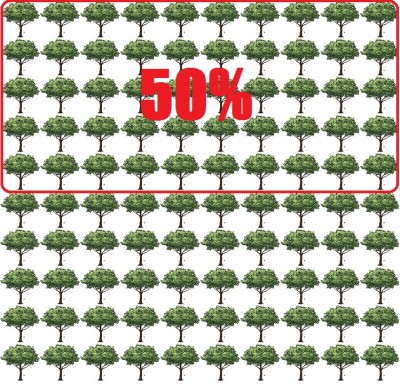
The answer is less than one percent.
Think about it this way: Let’s pretend that 100 trees represent all the trees in Alberta. (There are actually billions of trees in Alberta, but for the sake of this example, let’s pretend there are 100.)
If we were to harvest even ten percent of Alberta’s trees each year, that would be 10 trees in the first year, 10 more trees in the second year, 10 in the third year, and so on. After just 10 years, our entire forest would be gone. And since it takes 80 to 100 years for trees to grow back to maturity, it would take several decades for our forests to grow back entirely. This would wipe out ecosystems and bring the forest industry to a halt. Harvesting just 10 percent of trees per year would not be sustainable.
Instead, if 1% is harvested each year, forests have 100 years to grow back before they are harvested. Every year is different, depending on several factors, including wildfire and mountain pine beetle activity, but the number of trees harvested each year is always much less than 1%.
Another important factor to consider is regenerating the forest. If we don’t plant new trees to replace the trees we harvest, our forests could take a long time to regenerate on their own.
The number of trees replanted depends on several factors, including the species of tree, and the geographical region.
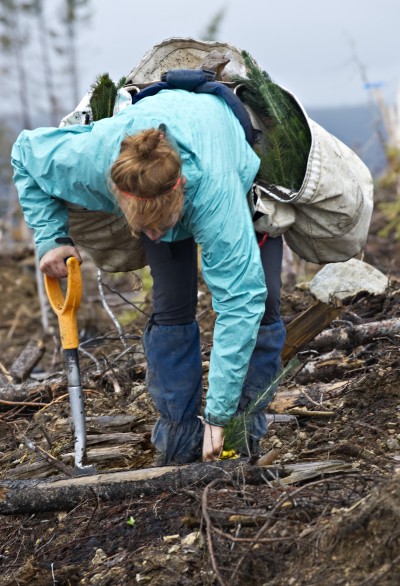
In most cases, companies in Alberta are required to regrow at least two trees for every one they harvest. Sometimes companies plant 5 or 6 trees for every harvested tree. The reason for this is many of the seedlings may not survive their first few years, so planting extra trees ensures that enough will survive to replace what is harvested.
Tree planting is another very important job to the forest industry. In Alberta, tree planters work in the summer months, and are paid per tree planted. It is a good job for outdoorsy people who don’t mind physical labour and getting their hands dirty. One skilled tree planter can plant thousands of trees in a day. It is difficult work, but can be very profitable for people motivated by quantitative results.
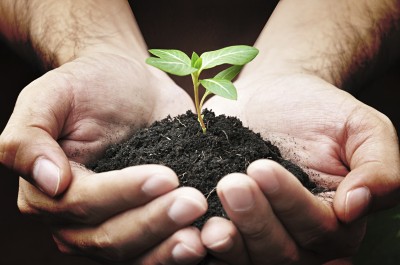
If you are interested in tree planting, you can visit tree-planter.com to search for employment opportunities.
We now know that the number of trees harvested in Alberta each year is very low, which helps to ensure a sustainable forest. We also know that replanting trees is a very important part of keeping our forests sustainable. Now, let’s explore some of the benefits as well as some of the potential risks to harvesting trees.
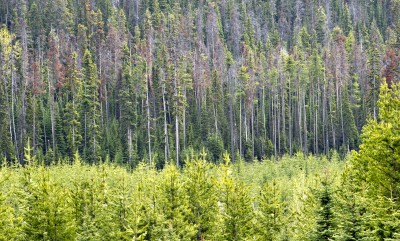
Harvesting too many trees can be harmful to the forest. But with careful planning, removing trees can actually make our forests healthier. Clearing out old trees makes space for new trees to grow, continuing the life cycle. If we only had old trees in our forest, it wouldn’t be very healthy or diverse. In the picture above, you can see two patches of forest that are at very different stages. In the background, there are older trees which provide habitat for many species of animals. In the front, you can see young trees. This area most likely either experienced a forest fire, or was harvested, and is now growing back.
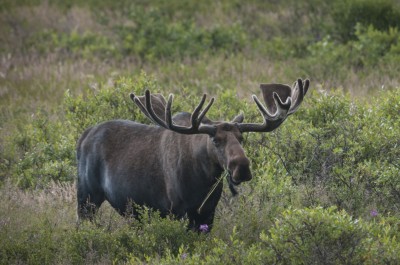
I mentioned that old forests provide habitat for animals, but there are many species of animals that prefer younger forests. Deer, moose, and elk thrive in areas that have recently experienced events that produce new vegetative growth such as fires, timber harvests, and storms.
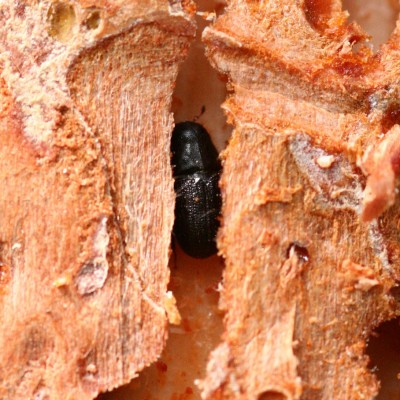
Another benefit to renewing our forest through harvesting is that younger trees are better at defending themselves against diseases and invasive insects like the mountain pine beetle. When we have too many old trees that can’t defend themselves, these species begin to spread, and can devastate large areas of forest.
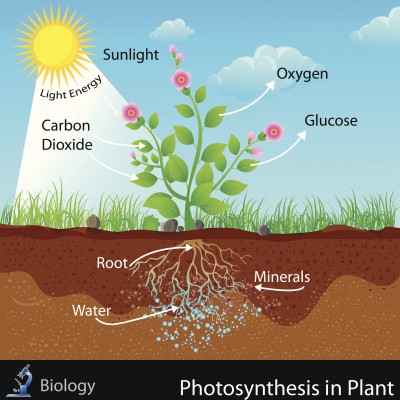
When plants photosynthesize, they absorb carbon dioxide and produce oxygen which allows them to produce sugar which they use to grow. If we harvest too many trees without planting new trees, oxygen production would be disturbed. However, once trees in Alberta reach about 120 years old, their growth plateaus, and they no longer produce as much oxygen as they once did. Harvesting these trees allows space to plant new trees that will grow more, and as a result, produce more oxygen.
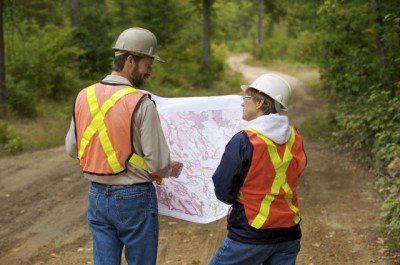
Forest sustainability requires a fine balance, and forest managers develop detailed plans up to 200 years in the future to ensure this balance. Have a look at our Forestry Career List to learn more about how you can get involved in maintaining healthy, balanced forests.
Deprecated: Function get_magic_quotes_gpc() is deprecated in /home/workwil/public_html/wp/wp-includes/formatting.php on line 4371
Deprecated: Function get_magic_quotes_gpc() is deprecated in /home/workwil/public_html/wp/wp-includes/formatting.php on line 4371
Deprecated: Function get_magic_quotes_gpc() is deprecated in /home/workwil/public_html/wp/wp-includes/formatting.php on line 4371